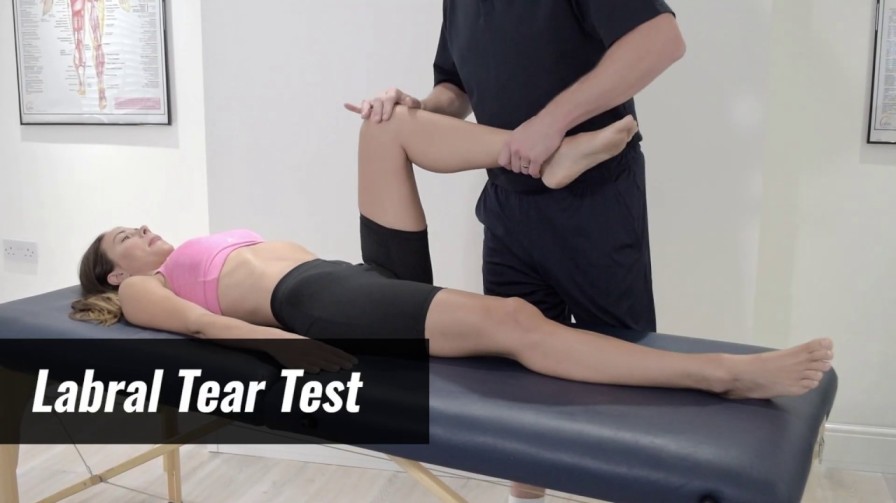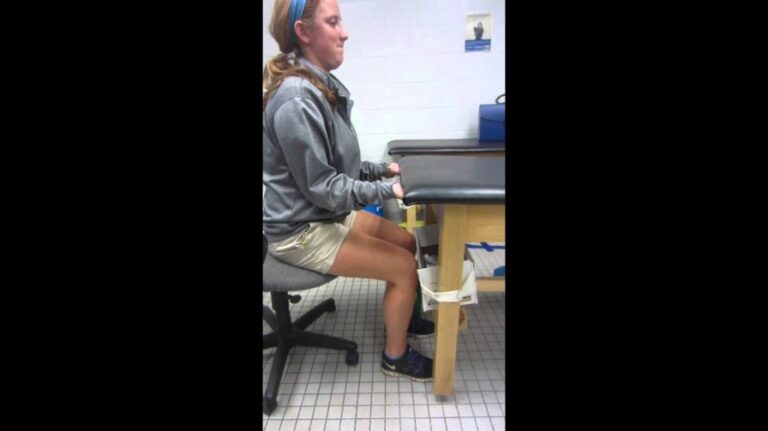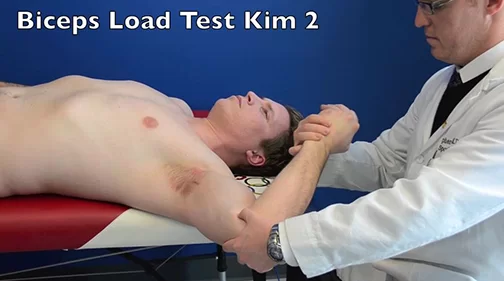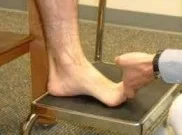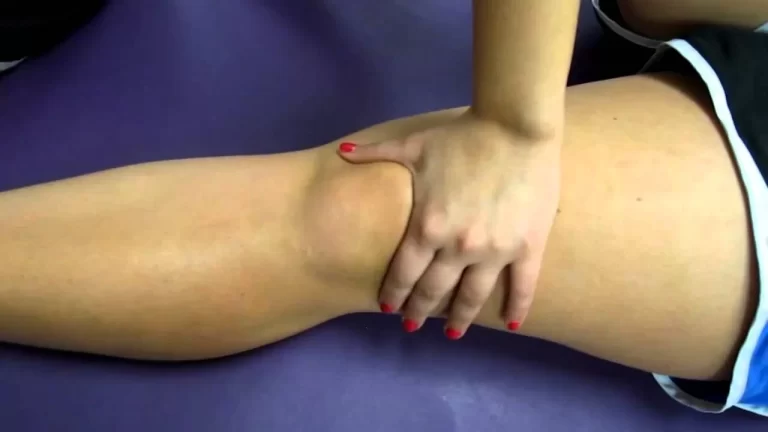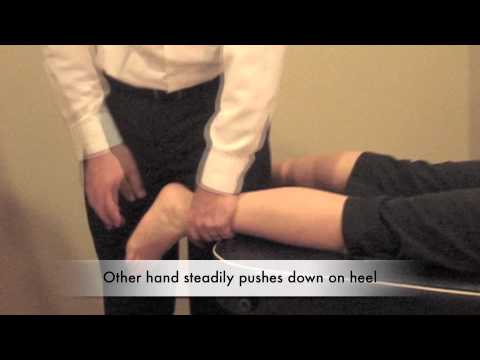Special test for labral lesions of the hip :
- Acetabular labral tears rarely occur without some structural osseous abnormality often accompanied by a history of the patient repeatedly going into extreme ranges of motion especially rotation.
- These tears may be accompanied by damage to the acetabular cartilage.
- These tests are applied by to doctor or therapist to check the labral tear of the hip.
- These tests are applied to the examination part of the assessment.
Name of this special test:
- Anterior Labral Tear Test
- Posterior Labral Tear Test
Purpose of both special tests:
- This test is used to check the labral lesions of the hip.
- This test is used to for examine the Femoroacetabular impingement syndrome, iliopsoas tendinitis,anterior labral tear&anterior superior impingement syndrome = Anterior Labral Tear Test
- This test is also used for examining anterior hip instability& posterior inferior impingement = Posterior Labral Tear Test
Anterior Labral Tear Test:
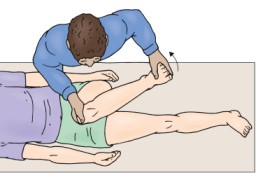
- This test is also known as the anterior apprehension test.
- In another way, this test is called FADDIR – Flexion, Addcution&Internal rotation test.
- This test is used to examine the Femoroacetabular impingement syndrome, iliopsoas tendinitis, anterior labral tear&anterior superior impingement syndrome.
Technique of Anterior Labral Tear Test:
- Starting position of this test is the supine position.
- The examiner takes the hip into full flexion, lateral rotation means external rotation &full abduction as a starting position.
- Then the examiner does extend the hip combined with medial rotation means internal rotation & addiction.
Result of Anterior Labral Tear Test:
- A positive test is indicated by the production of pain.
- the reproduction of the patient’s symptoms with or without a click, or patient feel the apprehension.
- The test places the greater strain on the anterolateral labrum& the examiner should be careful to equate any finding with the patient’s symptoms.
Diagnosis of Anterior Labral Tear Test:
- Sensitivities of this test are in ranging from 0.95 to 0.96 for labral tear or hip femoroacetabular impingement.
Posterior Labral Tear Test:
- This test is also known as the posterior apprehension test.
The technique of Posterior Labral Tear Test:
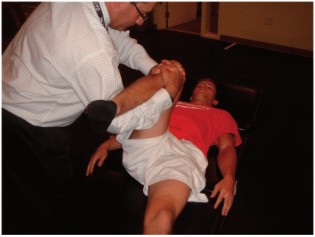
- Starting position of this test is the supine position.
- The examiner takes the hip into full flexion, adduction,&medial rotation means internal rotation as a starting position.
- The examiner then takes the hip into extension combined with abduction & lateral rotation means external rotation.
Result of Posterior Labral Tear Test:
- A positive test is indicated by the production of groin pain, patient apprehension, or the reproduction of the patient’s symptoms, with or without a click.
- A positive test is an indication of a labral tear, anterior hip instability, or posterior-inferior impingement.
- This test occurs apprehension towards the end of ROM when doing the test.

